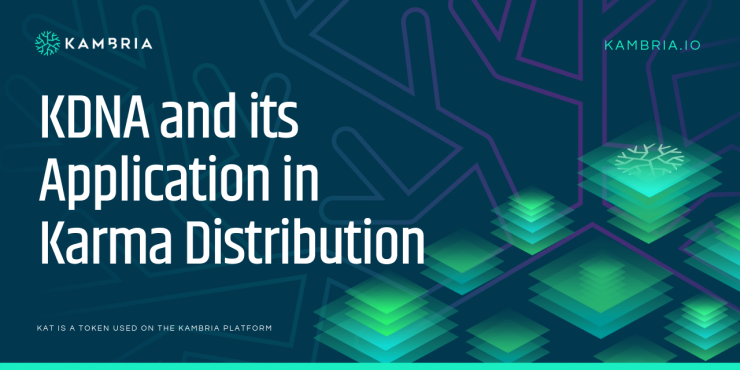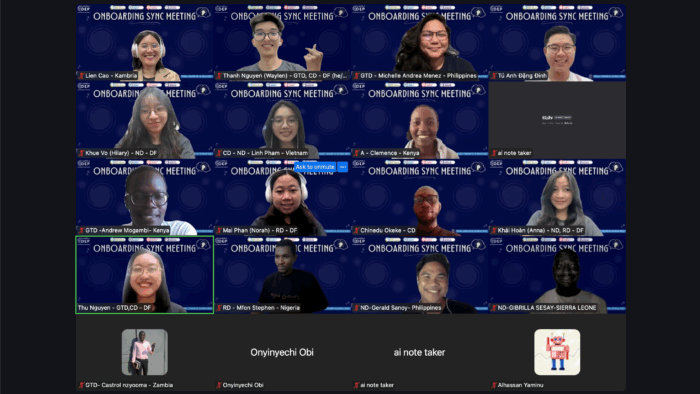Kambria’s development team just completed its most recent technical paper. Authored by Fullstack Team Leader, Phong Vu, the paper discusses how Karma will be distributed based on source code contributions to KDNA. KDNA is the Kambria platform’s semantically rich module management and build system. It crosses hardware, firmware, software, electrical, and mechanical boundaries to directly specify all components and subcomponents of a built robot.
Below is the Abstract and Introduction of the paper. Please click here to read the full version.
Abstract
Tracking dependencies of a codebase is popular in a package management system, but tracking contribution of a source code to another source code has not been explored. In this paper, we introduce to you the KDNA concept. You will learn how we utilize RDF & IPFS to implement KDNA, how we use it to track contribution of a codebase to another codebase, and how we apply it to solve the Karma distribution problem that was given to you in the Kambria Karma Model Paper.
Introduction
Kambria is a collaborative ecosystem with the goal of dramatically accelerating the development and adoption of the world's most advanced robotic technologies. Kambria’s mission is to solve the challenges that hinder the speed of robotics development. Challenges include:
- Many engineering domains involved in robot design (mechanical, electrical, etc) lack good tools for collaboration and sharing.
- Missing semantic linkages across systems, including software design to electrical engineering, and electrical engineering to mechanical engineering.
- Currently, the development materials are a chaotic tangle of repos, directories, sheets of BOM parts, text assembly instructions, slicer settings, and supplier names in scattered local servers and cloud storages.
Kambria offers a platform so that participants can collaborate easier, and provides a mechanism called KDNA to help describe the codebases better, while linking them together. People are encouraged to register their codebases on the platform to create a KDNA file for their codebases. The role of KDNA file is to store codebase information like authors, description, BOM, and to store the link between codebases, so that when someone wants to build a product from that codebase, they will know what other components they need, and how to construct all the elements to make a product. More importantly, KDNA helps record the contribution of one codebase into another codebase so that we can distribute Kambria Karma to all relevant contributors.
KDNA files will be implemented in RDF format. We then publish these files on IPFS so that it can be seen by everyone, and every change on this KDNA file will be tracked and verified so that no one can tamper with it.
Click here to read the full technical paper.
The KDNA Codebase page on the Kambria platform is live. Check it out at https://codebase.kambria.io/ and let us know what questions you have through one of our Telegram groups linked below.
The Kambria Team
Telegram (ENG) Telegram (KOR) Telegram (VIE)
Email: info@kambria.io
KAT is a token used on the Kambria platform.









